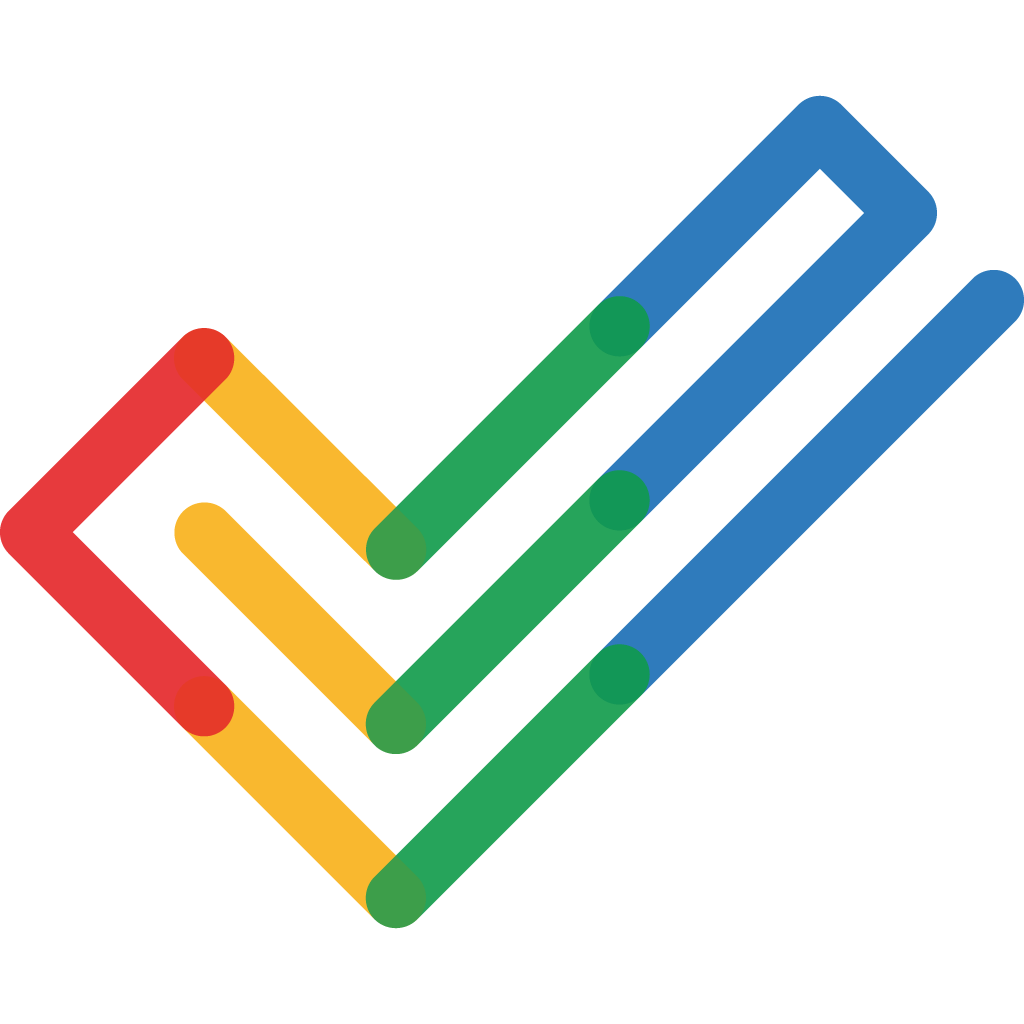Pivotal Tracker is a Project Management Software. Pivotal Tracker offers Project Templates, Idea Management, Kanban Board, Time & Expense Tracking, Task Management and many more functionalities.
Some top alternatives to Pivotal Tracker includes Quickbase , Smartsheet, ClickUp, Zoho Projects and Project Insight.
Yes, Pivotal Tracker provides API.
Yes, Pivotal Tracker provides a mobile app.
Pivotal Tracker is located in San Francisco, California
Pivotal Tracker offers Free Trial, Freemium, Subscription, Quotation Based pricing models
Yes, Pivotal Tracker can integrate with Aha!, ProdPad, ProductPlan, Jira and many more.You can find more integration for Pivotal Tracker here
The starting price of Pivotal Tracker is $6.50/User/Month

































































